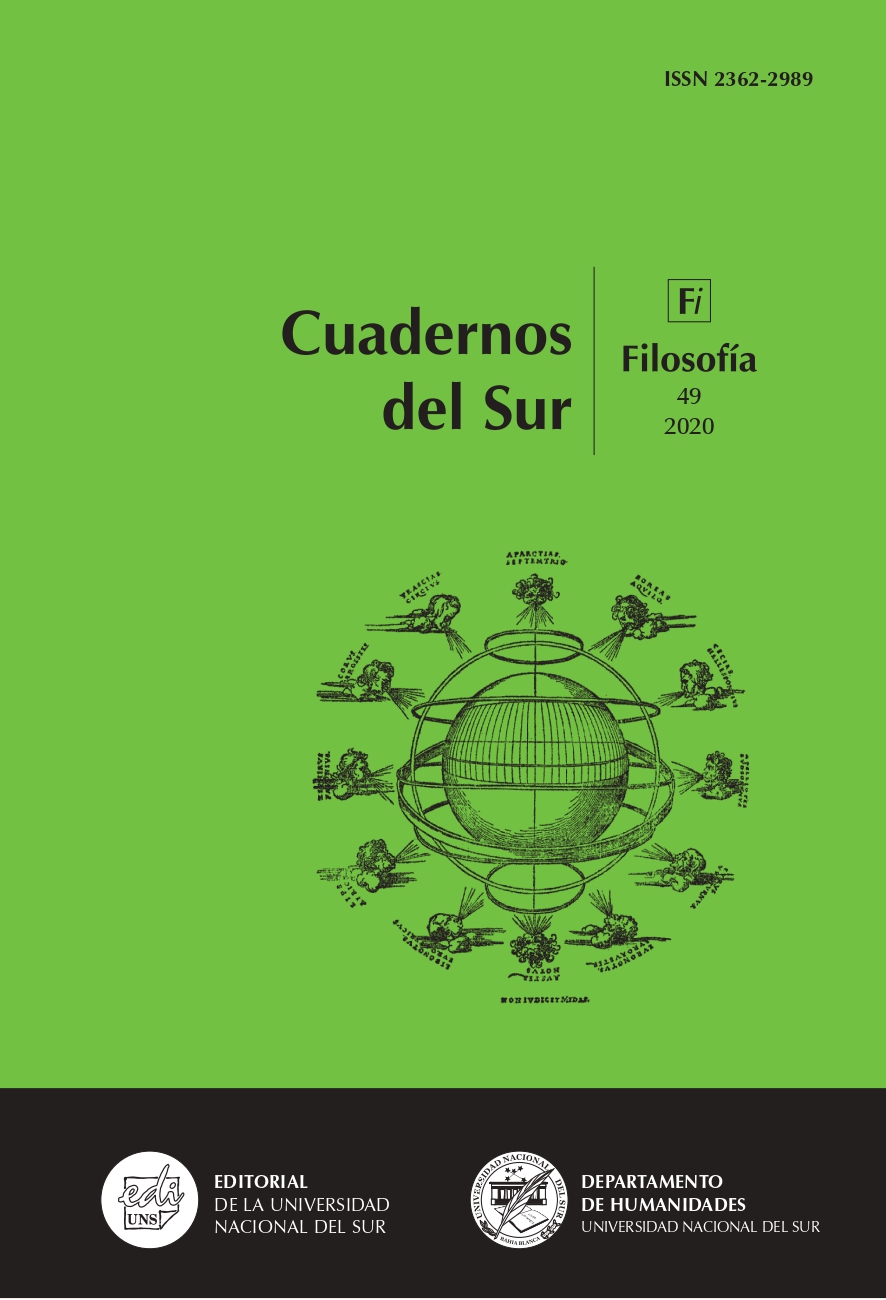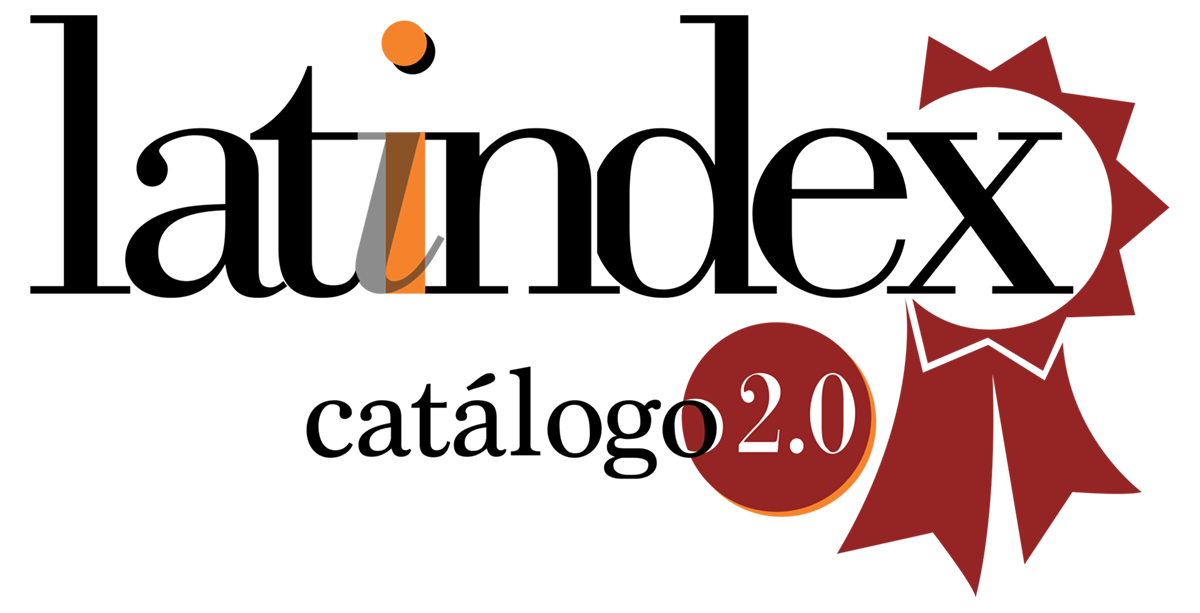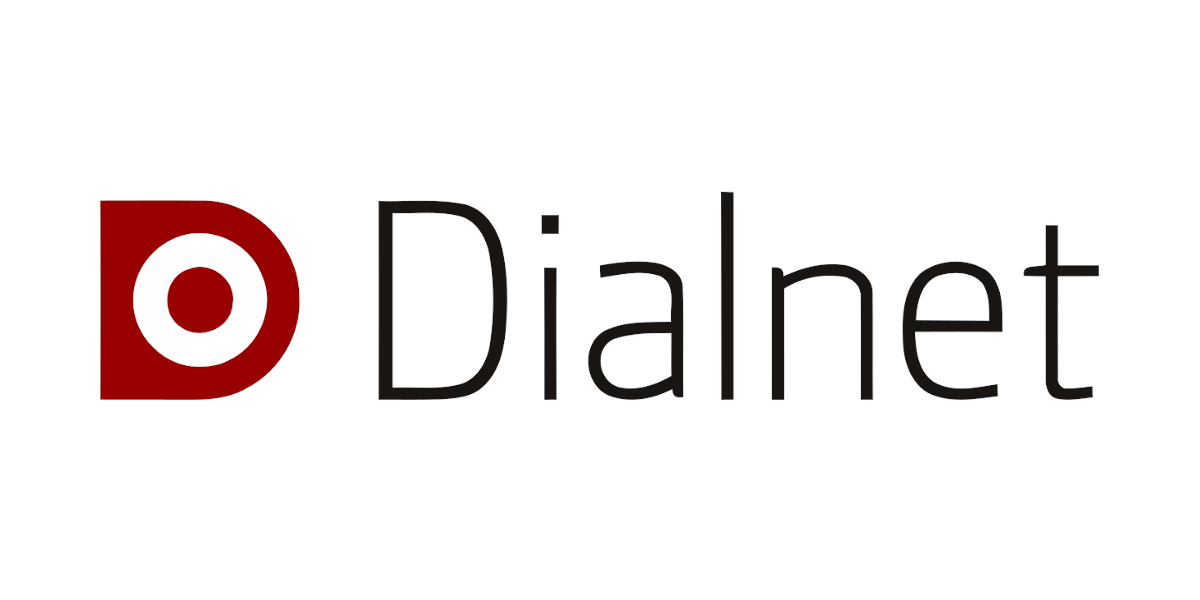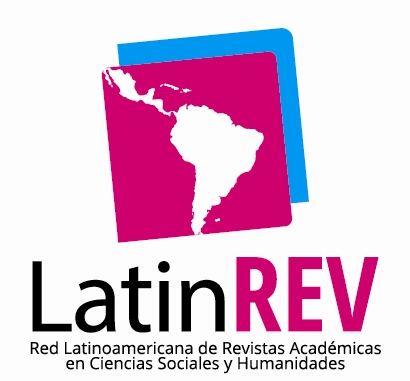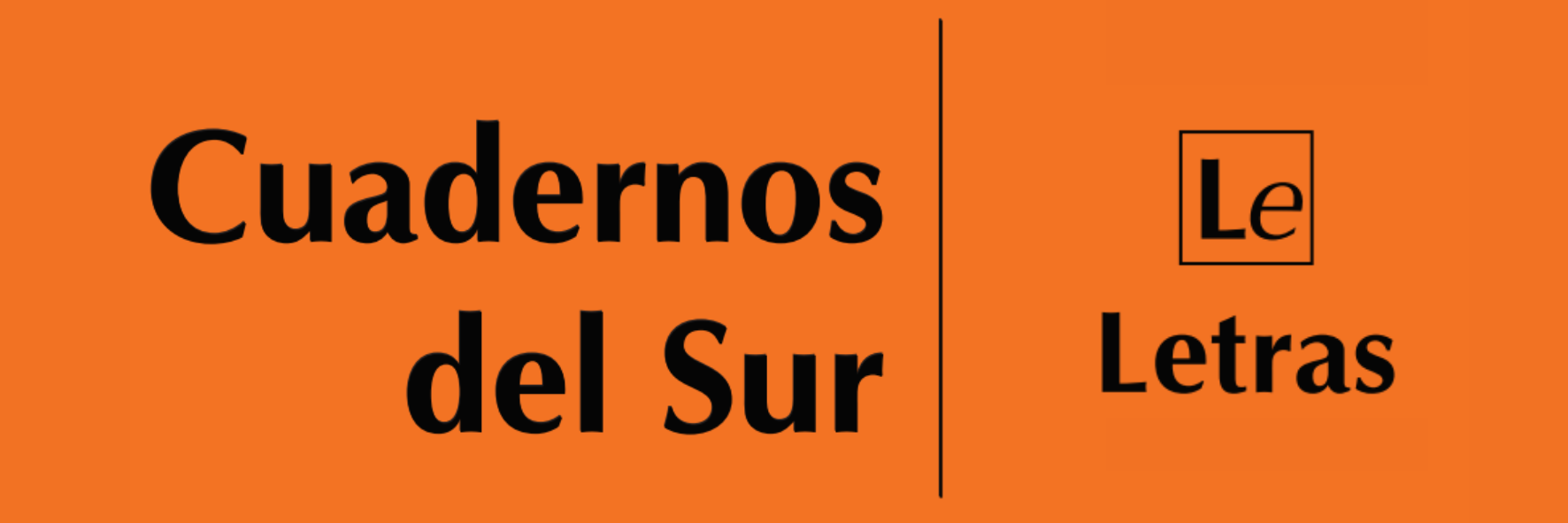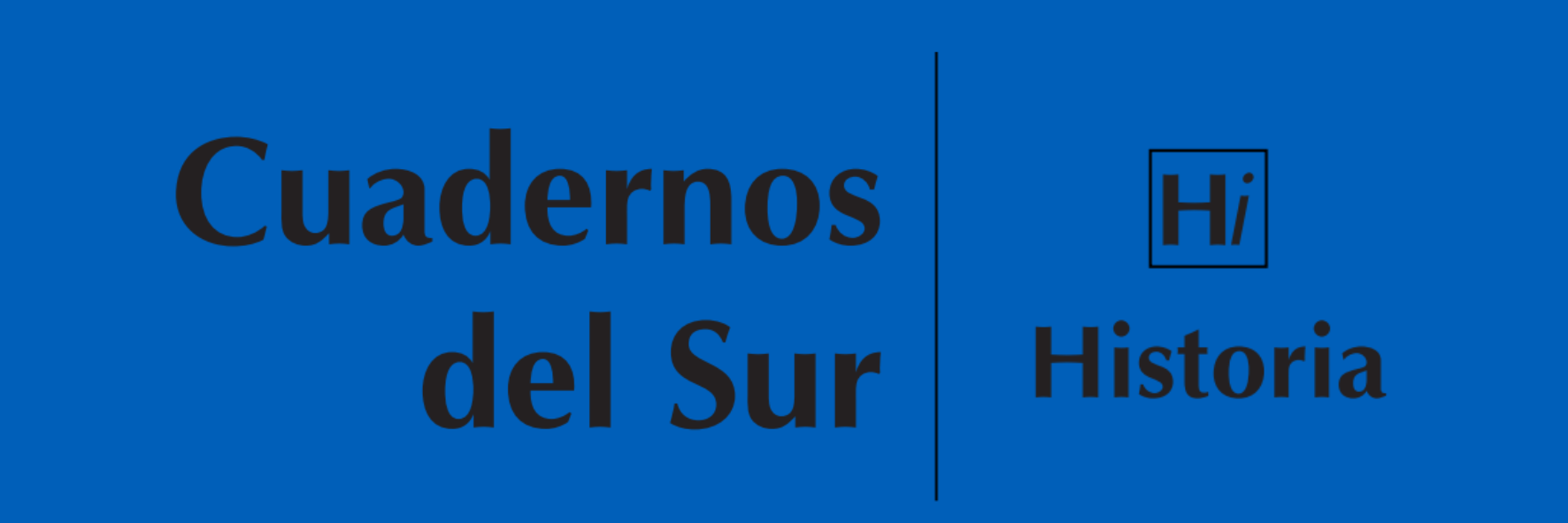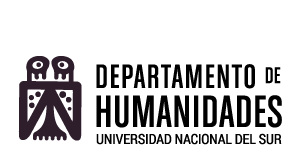Ontología del software: contra la teoría de la realizabilidad múltiple
Keywords:
multiple realizability, software, ontologyAbstract
In this work, we carry out an analysis of the ontological condition of digital objects. To do so, we develop a four-moment argumentative exposition. First, we present Blanco and Berti’s (2016) theory about the multiple realizability of software. Second, we propose a problematic scenario for which the theory in question appears to be insufficient as an explanatory input. Third, we consider two possible counter-arguments: the first one relies on Bootz’s (2011) procedural model of communication and the second one, on the problematic link between physical entities and models. Finally, we show how these counter-arguments are ill founded and we propose a theory of physical-digital identity, as well as a replacement of the concept of associated digital medium in favor of that of technological equipment to explain the relational character of the ontology of digital objects.
Downloads
References
Bickle, John (2020), “Multiple realizability”, en Zalta, Edward Nouri (ed.), The Stanford encyclopedia of philosophy, California, Metaphysics Research Lab, Stanford University, [disponible en https://plato.stanford.edu/archives/sum2020/entries/multiple-realizability/ - consultado el 27 de septiembre de 2021].
Blanco, Javier y Berti, Agustín (2016), “No hay hardware sin software: crítica del dualismo digital”, Quadranti, vol. 4, nº 1-2, pp. 197-214, [disponible en https://ri.conicet.gov.ar/handle/11336/96809].
Bootz, Philippe (2011), “La poesía digital programada: una poesía del dispositivo”, en Kozak, Claudia (comp.), Poéticas tecnológicas, transdisciplina y sociedad. Actas del Seminario Internacional Ludión/Paragraphe, Buenos Aires, Exploratorio Ludión, pp. 31-40.
De Mol, Liesbeth (2021), “Turing machines”, en Zalta, Edward Nouri (ed.), The Stanford encyclopedia of philosophy, California, Metaphysics Research Lab, Stanford University, [disponible en https://plato.stanford.edu/entries/turing-machine/ - consultado el 25 de mayo de 2022].
Frigg, Roman y Hartmann, Stephan (2020), “Models in science”, en Zalta, Edward Nouri (ed.), The Stanford encyclopedia of philosophy, California, Metaphysics Research Lab, Stanford University, [disponible en https://plato.stanford.edu/archives/spr2020/entries/models-science/ - consultado el 25 de mayo de 2022].
Hempel, Carl Gustav (1965), Aspects of scientific explanation and other essays in the philosophy of science, Nueva York, Free Press.
Kirschenbaum, Matthew Gary (2012), Mechanisms: New media and the forensic imagination, Cambridge, The MIT Press.
McMullin, Ernan (1968), “What do physical models tell us?”, en van Rootselaar, Bob y Staal, Johan Frederik (eds.), Methodology and philosophy of science III (Studies in logic and the foundations of mathematics 52), Amsterdam, North-Holland, pp. 385-396.
----- (1985), “Galilean idealization”, Studies in history and philosophy of science Part A, vol. 16, nº 3, pp 247-273.
Putnam, Hilary (1960), “Minds and machines”, en Hook, Sidney (ed.), Dimensions of mind, Londres, Collier-Macmillan, pp. 138-164.
Rapaport, William Joseph (2018), “What is a computer? A survey”, Minds and machines, vol. 28, nº 3, pp. 385-426, [disponible en https://doi.org/10.1007/s11023-018-9465-6].
Strevens, Michael (2008), Depth: An account of scientific explanation, Londres, Harvard University Press.
Swoyer, Chris (1991), “Structural representation and surrogative reasoning”, Synthese, vol. 87, nº 3, pp. 449-508.
Robinson, Howard (2020), “Dualism”, en Zalta, Edward Nouri (ed.), The Stanford encyclopedia of philosophy, California, Metaphysics Research Lab, Stanford University, [disponible en https://plato.stanford.edu/archives/fall2020/entries/dualism/ - consultado el 27 de septiembre de 2021].
Sedgewick, Robert y Wayne, Kevin (2011), Algorithms, Nueva Jersey, Addison-Wesley Professional.
Sloman, Aaron (2016), Judging chatbots without opening them: Limitations of “black-box” tests, Birmingham, University of Birmingham, [disponible en https://www.cs.bham.ac.uk/research/projects/cogaff/misc/black-box-tests.pdf - consultado el 25 de mayo de 2022].
Wegner, Peter (1997), “Why interaction is more powerful than algorithms”, Communications of the ACM, vol. 40, nº 5, pp. 80-91.
Wetzel, Linda (2018), “Types and tokens”, en Zalta, Edward Nouri (ed.), The Stanford encyclopedia of philosophy, California, Metaphysics Research Lab, Stanford University, [disponible en https://plato.stanford.edu/archives/fall2018/entriesypes-tokens/ - consultado el 25 de mayo de 2022].
How to Cite
Issue
Section
License
Copyright (c) 2022 Matías Nicolás Cristini

This work is licensed under a Creative Commons Attribution-NonCommercial 4.0 International License.
Aquellos autores/as que tengan publicaciones con esta revista, aceptan los términos siguientes:- Los autores/as conservarán sus derechos de autor y garantizarán a la revista el derecho de primera publicación de su obra, el cuál estará simultáneamente sujeto a la licencia Atribución-No Comercial 4.0 Internacional CC BY-NC 4.0.
- Los autores/as podrán adoptar otros acuerdos de licencia no exclusiva de distribución de la versión de la obra publicada (p. ej.: depositarla en un archivo telemático institucional o publicarla en un volumen monográfico) siempre que se indique la publicación inicial en esta revista.
- Se permite y recomienda a los autores/as difundir su obra a través de Internet (p. ej.: en archivos telemáticos institucionales o en su página web) una vez publicado su trabajo, lo cual puede producir intercambios interesantes y aumentar las citas de la obra publicada. (Véase El efecto del acceso abierto).

